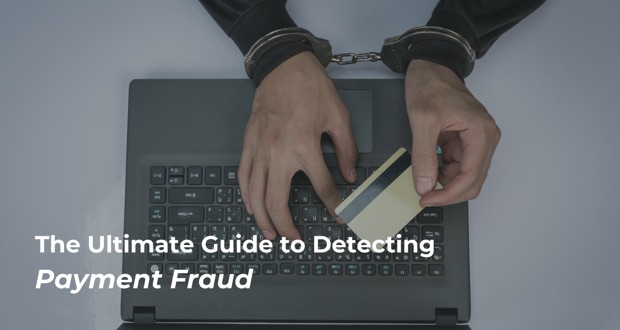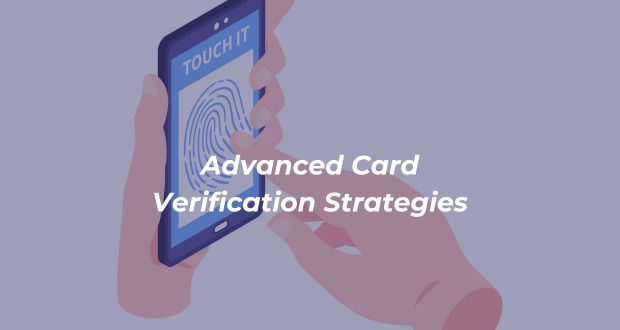Introduction
Payment fraud has evolved into an intricate web of deception, siphoning off billions each year from innocent victims. Recent statistics indicate a significant spike in fraudulent transactions, posing a growing challenge to businesses and consumers.
Understanding Payment Fraud
At its core, payment fraud refers to any dishonest or illegal activity that exploits payment systems. Understanding its various forms – credit card crime, bank fraud, cheque fraud, and others – is the first step towards implementing effective fraud solutions.
One common type of payment fraud is card theft. This involves the physical theft of credit cards either by stealing them directly or intercepting newly issued ones from mailboxes. In the past few years, the rise in card fraud detection tools has made this method more difficult, yet it persists because of its simplicity and directness.
Another prevalent method is account takeover. In this type of fraud, criminals employ phishing techniques to obtain personal information. The fraudsters then change the access details to seize control of their victims' accounts. Report fraudsters have consistently shown that account takeover can be particularly devastating due to its potential for extensive financial damage.
Lastly, cloned cards represent a more technologically advanced form of payment fraud. Fraudsters use skimmers to surreptitiously steal card numbers at gas pumps or retail terminals, and then make duplicate cards. Detecting such fraud transaction requires robust card fraud detection systems.
Financial and Non-Financial Impacts
While the immediate monetary loss due to fraud transactions can be significant, the non-financial impacts can often be far-reaching and long-lasting. One such impact is identity theft. Payment fraud often involves the misuse of personal and financial information, which can lead to identity theft. This insidious crime can cause serious harm to a person's financial health, credit ratings, and even their mental well-being.
Furthermore, businesses are not only hit monetarily but are left to contend with reputational damage as well. This can have a substantial effect on customer trust and potentially lead to increased operational costs. For example, after a fraud incident, businesses may have to invest in crisis management, customer outreach, stronger security measures, and even face potential litigation costs.
Common Fraud Prevention Strategies
Risk management and fraud prevention should be on top of every business’ priority list. One common strategy is real-time monitoring, where Artificial Intelligence (AI)-driven systems track and analyze transactions in real-time to detect anomalies and flag suspicious ones. These AI systems not only save time and resources but also significantly reduce the chances of fraudsters successfully slipping through the cracks.
Another strategy is the implementation of Multi-Factor Authentication (MFA). This requires users to provide two or more verification factors to gain access to their accounts – something they know (like a password), something they have (like a mobile phone), and something they are (like a fingerprint). This adds an additional layer of security and makes it harder for fraudsters to gain unauthorized access.
Behavioral analytics is a tactic increasingly being adopted by businesses to thwart fraud transactions. By analyzing user behavior patterns, businesses can identify deviations from normal behavior, which could indicate fraudulent activity.
Similarly, machine learning models can be trained to recognize and predict fraud patterns. These models can learn and adapt over time, enhancing their ability to detect even the most sophisticated fraud attempts.
Finally, collaboration and data sharing is another effective strategy. Businesses can benefit from working closely with industry peers, sharing threat intelligence, and collaborating on best practices in fraud prevention. This collective approach not only helps individual businesses but strengthens the industry's overall defense against fraud.
In conclusion, understanding the different types of payment frauds, their impacts, and effective fraud prevention strategies are crucial in the fight against this pervasive threat. Businesses must continuously innovate and adapt their fraud prevention measures to stay one step ahead of the fraudsters. Through robust fraud solutions and a proactive approach to risk management, businesses can protect themselves and their customers from the ever-increasing threat of payment fraud.
KYC++: Elevating Fraud Prevention
In addition to implementing the fraud prevention strategies discussed earlier, businesses must look towards more advanced means of preventing fraud transactions. One such innovative approach is the enhanced Know Your Customer (KYC) process, colloquially known as KYC++. KYC++ involves a comprehensive, multi-dimensional check that incorporates the following components:
1. Document Verification: This involves verifying the authenticity of customer-provided documents, such as driver's license, passport, or utility bills. Advanced document verification solutions can identify tampered, fake, or expired documents, ensuring only legitimate and valid documents are accepted. This can greatly reduce instances of identity theft and related fraud.
2. Device Fingerprinting: This technique identifies a specific device based on its unique characteristics and behaviors. By recognizing patterns associated with fraudulent transactions and blacklisting suspicious devices, businesses can proactively prevent fraud before a transaction even takes place. Device fingerprinting not only helps in identifying fraudulent transactions but also aids in distinguishing between genuine customers and potential fraudsters.
3. Biometric Authentication: Biometrics, such as fingerprint or facial recognition, add an additional layer of security that is hard to duplicate. The use of biometrics adds a level of sophistication to the authentication process, making it significantly more difficult for fraudsters to gain unauthorized access.
Adopting KYC++ means taking a proactive stand against fraud. It enables businesses to take control by verifying customer identities more thoroughly, thereby preventing fraudsters from slipping through cracks in the system.
By elevating fraud prevention measures such as these, businesses can better safeguard themselves from financial losses and reputational damage. More importantly, they can help foster a safer, more secure environment for their customers. In an increasingly digital age, the ability to not just react to fraud but preemptively block it, will be the cornerstone of a comprehensive, effective risk management strategy.
Staying Ahead of Evolving Threats
Fraudulent methods are perpetually evolving, and it is crucial to remain vigilant in order to effectively ward off potential threats. Keeping abreast of the latest fraud trends and consistently improving your prevention strategies is key to accomplishing this.
Continuous education is a must in this fight. Fraudsters are shrewd and quick to adapt to changing conditions. Businesses and individuals must be equally swift in updating their knowledge about emerging fraud trends. Regular training and awareness sessions for staff, combined with public awareness campaigns, can help detect new types of fraud and create a culture of caution.
A static fraud prevention strategy is an ineffective one. As the ways of committing fraud evolve, the strategies for preventing it should as well. An adaptive approach to fraud prevention is essential. Businesses must constantly review and adjust their fraud prevention tactics based on new findings and evolving threats. Whether it's adopting new detection technologies or implementing stricter verification processes, being adaptive is key to staying ahead.
Finally, combating fraud effectively involves more than just internal efforts. Engaging with industry experts, participating in knowledge-sharing platforms, and staying informed about the latest findings in fraud prevention can make a significant difference. Collaboration can also extend to public-private partnerships, where businesses work together with law enforcement to tackle fraud.
The fight against fraud is ongoing and ever-evolving. To stay on top, businesses must strive for continuous education, adaptive strategies, and meaningful collaboration. While the task may seem daunting, the effective execution of these steps can help to significantly minimize the risk and impact of fraud transactions. The end result is a safer and more secure business environment for everyone involved.
Conclusion
In conclusion, taking action to prevent fraud transactions is crucial in safeguarding financial security. By implementing fraud check measures and reporting fraudsters, we can collectively combat credit card crime. TrustDecision introduces KYC++ as the ultimate suite for businesses in banking, fintech, lending, and government to meet their identity verification needs. Learn more about the KYC++ solution at:https://trustdecision.com/solutions/kyc-plus





.jpeg)


.jpeg)




